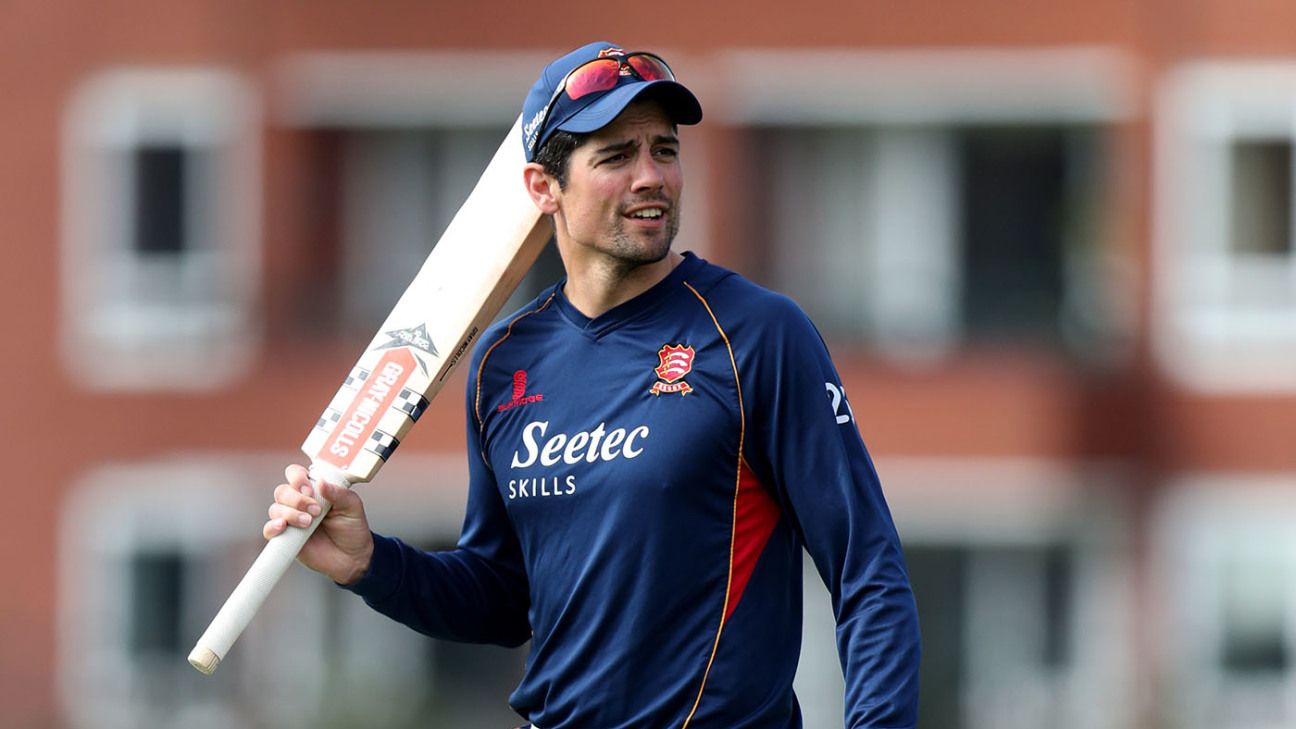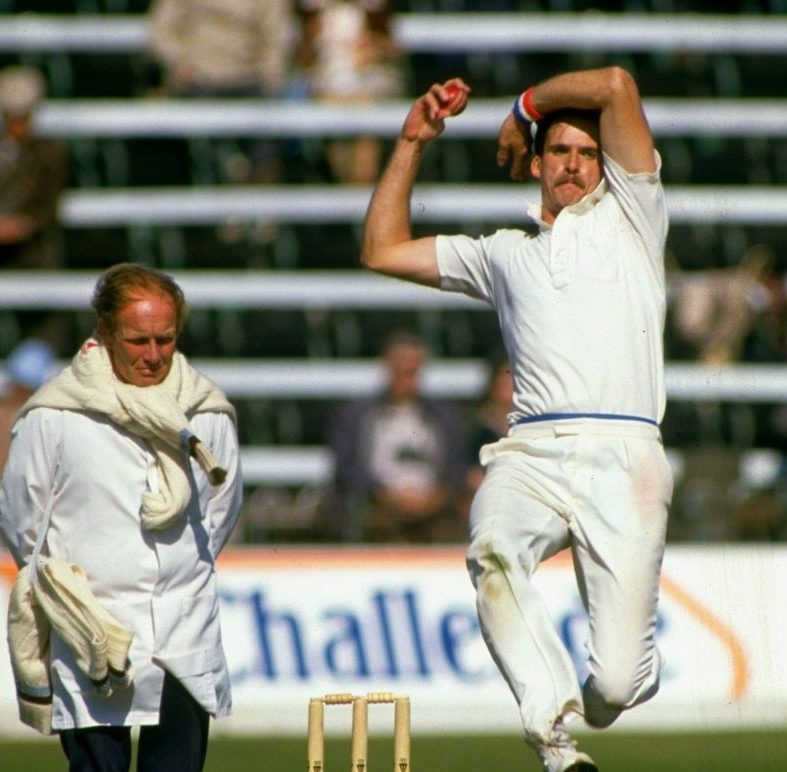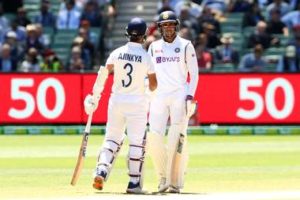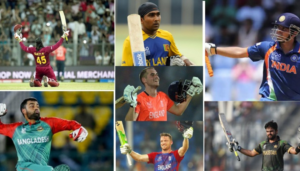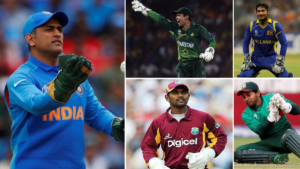Minnows Team Culture | Let’s Get a brief Of Who are “Minnows”?
Minnows Team Culture: Minnows can clearly be defined as the teams who are given less or no importance at all and these teams are not even known for the hard work they do and the gameplay they own. There are many examples of them such as the Netherlands, Ireland, Afghanistan. The other teams who get much significance are high above them and they are hardly allowed to play the test matches or One Day Internationals. They are considered as the backbenchers of the game and they need to improvise themselves to keep up a name on the ground of the game.
The cricket is played all around the world but only a few countries have got the opportunity of getting excellence at it. That said, there have been a lot of players who have performed exceptionally well for their nations. This game of 11 players has flourished through the entire world and is quite popular among the huge population. Fortunate are those countries who have got really worthy players taking the game to the next level
showcasing their techniques to defeat their opponents. They celebrate but these underdogs have got a few opportunities to glorify themselves and to play for a good win. These players were not fortunate enough to play in a quality squad, but their cricketing skills, consistency, and understanding of the game could have taken them to a place in some of the top cricketing nations. As the years are passing by, there are some noted players among these “minnows” who are getting laurels of success and have brought glory to their nations which deserves so much appreciation.
Sadness came to them when in the year 2011, the International Cricket Council announced they would only feature the play of 10 ICC member nations and shut down the entry of these minnows which came to them as the biggest heartbreak. It was Mr. Sharad Pawar who made the rule invalid and accepted four of these associate members nation to play in the tournament and removed the discouragement which was spread.
According to him, one should be given enough chance for a fair battle and he was quite right in making such decisions and this decision even came out so fruitful that these nations are quite talented and even given more chances will dig out more success. To his much dismay, his decision was not supported by the members of the council who were in the mind that these minnows may degrade the status of the gameplay and ruin the quality of cricket.
Many of those who oppose Associate nations, or minnows, from competing in ICC showcase events argue that the inclusion of the minnows diminishes the quality of cricket in these important tournaments. Again, came the disappointment of 2013 ICC Champions trophy when these people weren’t given an opportunity to justify themselves.
The 2013 ICC Champions Trophy was thinned to only the top eight ranked ODI teams, with no room for the other players, but they only made Bangladesh and Zimbabwe play though. However, the tournament came out as a great success and was greatly praised by the fans and the media. It was appreciated good and quick.
Then there was introduced a problem solver format for globalizing this game throughout and it was the T20 cricket. The shortest over game type has cleared all difficulties for these so-called insignificant countries and have helped them come over the upsetting fact and now they can cherish all their dreams through this participation.
The short compact format of the games is easier to comprehend by markets where cricket isn’t a tradition. Besides the time in which it takes to play a T20, roughly three hours, being an attractive selling point to non-traditional cricketing nations – it is more likely to feature upsets than the longer two formats.
Minnows Team Culture: There are many examples that can be mentioned to show how the underdogs have played swiftly as champions. The recent events were in the year 2007, the highly rated Australians were undone by a Zimbabwean outfit who hadn’t seen much cricket at the highest level in recent years. Following this, in 2009, the first game involving hosts England against Associates Netherlands, ended with an unforgettable upset in which the Dutch had beaten England at the home of cricket. This was the time people or the Gods of Crickets have started giving importance and prioritizing these countries. Later on that period, Ireland – two years prior to their exploits in the 50 over World Cup beat perennial underachievers Bangladesh. Ian Chappell recently stated that “one team only needs to have an exceptionally good over, or the other a particularly bad one, and the complexion of the game can change dramatically”. In fact, since the first edition of the World T20 in 2007, there have been more upsets involving minnows in World T20s than in ODIs – whether they be in a World Cup or in a bilateral series.
The good news that is coming up is: This year’s ongoing World T20 in Bangladesh is the first to be expanded to allow for more Associate nations. The new format has shown the unpredictability of the T20 cricket. Going into Round 1, Bangladesh, and one of Afghanistan, Ireland or Zimbabwe were expected to gain entry into the Super 10s. Bangladesh and Zimbabwe, were obvious choices for favorites, being full member nations with Test status, while Ireland and Afghanistan have constantly been performing better than most associates in the ICC World Cricket League. There were even cases of quite big and unexpected victories to Hong Kong.
Nepal, and the Netherlands over Bangladesh, Afghanistan and Ireland respectively added a spark to the tournament. However, in the Super 10s, the same old “minnow-bashing” script continued with Bangladesh being comprehensively beaten by reigning Champions West Indies, and the Netherlands posting the lowest T20I score ever of 39 against Sri Lanka. But the Netherlands redeemed themselves by narrowly missing out on a famous victory in their next match, going down to South Africa by 6 runs. They may not have won the game, but they did win plenty of fans and the respect of one of the most feared oppositions in the world at the moment. The Netherlands have failed sometimes, but when they have given great efforts, the world has praised them.
The minnows might be there to only fill in the numbers, but having them there does serve a purpose. Besides growing the game globally, involving the minnows in these tournaments helps these nations immensely. Afghanistan got an award for their quick rise in cricket and this has made them having bagged three consecutive World T20 places, and now a maiden qualification for the 2015 One Day World Cup. They may provide the occasional upset, and more often than not are beaten handsomely by the big boys, but the Associates have a place in ICC tournaments. Globalizing the game aside, there’s always a bigger picture.
Steps Taken by International Cricket Council for The Minnows
Minnows Team Culture: The International Cricket Council (ICC) said in a statement its chief executives’ committee had recommended a qualifying process for the 2015 tournament, without specifying how many teams it wanted to see taking part. The recommendation rows back on the ICC’s unpopular decision to limit the 2015 World Cup, in Australia and New Zealand, to the 10 full-member teams – excluding countries such as Ireland, the Netherlands, Canada, and Kenya.
There came the opinion of ICC president Sharad Pawar where he had asked his board to discuss the matter at the conference that the underrated countries should be given equal chance and opportunity to make the world realized that they even consist of some superstar talented players who can bring huge fame to them and they shouldn’t be detained from this chance. He was supported by some but was opposed by many whose ideas were that this may diminish the level of the tournament and won’t be helpful in gaining good viewers to note the history and this argument led to giving the constant pinches to these countries and they were quite saddened due to this fact that they are not considered even to participate here. Officials are believed to be in favor of retaining a 10-team limit but a qualifying tournament would give minor nations a chance of reaching the event
Kenya Has Given a Very Example by Defeating Srilanka
Minnows Team Culture: Kenya has shown what a “minnow” can do by showing its skills. It was a ring bell to the non-test playing underrated nations in Cricket for which they are suffering low coverage.
These players should be given enough opportunity so that they can show their talent by figuring out what to do and what not to. What if they were born in a country that held cricket in high esteem and had a team that was world class? Here are 5 such talented players who could have made a difference in other cricketing sides.
Brendan Taylor
Minnows Team Culture: He was the first Zimbabwean to score back to back ODI centuries, a feat the batsman achieved twice – once in 2011 and again in the 2015 World Cup. His last ODI was against India in the 2015 World Cup where he scored a scintillating 138 and was praised by every Indian cricketer.
Taylor had a good time with the gloves too, with 98 catches and 20 stumpings to his name. The successful right-handed batsman and former captain of Zimbabwe had a great ODI career, scoring 5,258 runs in 167 ODIs with a highest score of 145*. The wicket-keeper batsman also has 8 centuries and 32 fifties to his name. The Zimbabwean retired from the international scene after the 2015 World Cup and is now playing county cricket for Nottinghamshire.
Ryan Doeschate
Minnows Team Culture: He has also represented a number of professional Twenty20 sides in other countries, including franchises in Australia’s KFC Twenty20 bash, the Bangladesh Premier League, the Indian Premier League, New Zealand’s HRV Twenty20, South Africa’s Mi Way T20 challenge, and Zimbabwe’s Stanbic Bank 20 series.
Kevin o’ Brien
The Irish all-rounder holds the record for scoring the fastest century in World Cups. The big man smashed a memorable century off just 50 balls against England in the 2011 World Cup while chasing a target of 328.
Ireland was struggling at 111/5 when O’Brien’s blistering innings rescued the team. Any side would love to have the Irish all-rounder in their side. The quality player is the second highest run scorer and the highest wickettaker for Ireland. He was also awarded the Man of the Series award as well when Pakistan toured Ireland in 2013.
O’Brien is known for his strong and aggressive batting, and he has the ability to clear the rope with ease. In his record-breaking century, he also struck the longest six of the tournament.
Ole Mortensen (Denmark)
Ole Mortensen is undoubtedly the best Danish cricketer to have ever played the game. He was known for his accuracy, discipline and fierce bowling. The Danish fast bowler, who played county cricket for Derbyshire, was one of the best county bowlers. Ole took 434 wickets at an average of 23.88 from 157 First-Class games.
Kim Barnett, his captain, regarded him as “the best bowler to have never played Test cricket”. The tall self-taught cricketer used to bowl a fierce bouncer to the tail-enders and was feared by many batsmen.
The points that are to be noted from the above facts that are provided are players have risen up for glory and achievement and they have shown the world that they can create their own names if given proper chance and they have proved that also. So, these cricketers are well-known for their passion, dedication, and loyalty towards their own country which proved as to their strongest points ever. Minnows have outgrown and are flourishing throughout the world by showcasing their amazing talents. The ICC and the other countries’ players who are already famous should be proud of these players and must encourage them.
Also Check:







